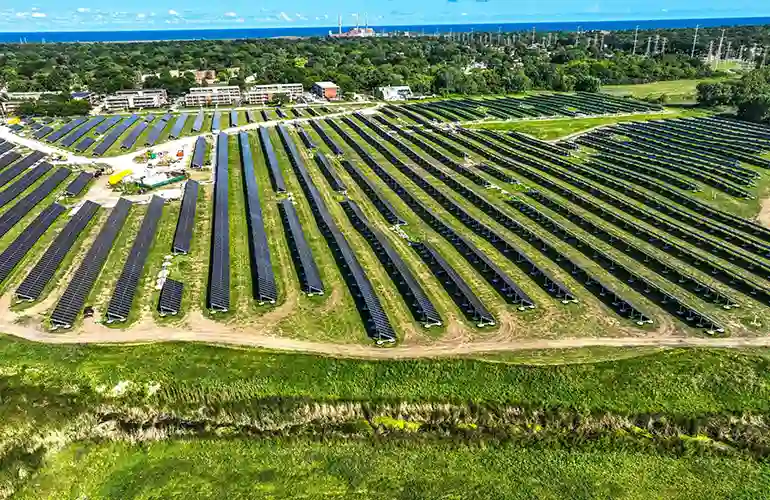CleanCapital Completes Two Community Solar Projects on Superfund Sites
CleanCapital has achieved a major milestone with the completion of two community solar projects—Yeoman Solar in Waukegan, Illinois, and Little Elk Solar in Elkton, Maryland. These projects, built on Superfund sites, show how unused, contaminated land can be repurposed for renewable energy. The Yeoman solar project is a 9.15-MW installation, set to go live by the end of 2025. But why does this matter?
Turning Brownfields into Brightfields
Superfund sites, often seen as environmental liabilities, are getting a second life thanks to solar development. The Yeoman Creek Landfill in Illinois was once a polluted wasteland, but now it’s a beacon of clean energy. Projects like this not only cut carbon emissions but also help communities reclaim unusable land. Sounds like a win-win, right?
How Does Community Solar Work?
Community solar lets multiple households or businesses share the benefits of a single solar array. Instead of installing panels on your roof, you subscribe to a portion of a larger project—like Yeoman or Little Elk. Lower-income residents who may not afford rooftop solar can still access clean power through these programs. How’s that for energy equity?
Challenges? Sure. Solutions? Even Better
Brownfield solar isn’t without hurdles—soil stability, permitting, and grid interconnection can slow progress. But with the right engineering (like Tesla Powerwall for storage and Fronius inverters for efficiency), these challenges are manageable. The payoff? Reliable, locally generated electricity without sacrificing precious farmland or green spaces.
What’s Next for Superfund Solar?
With Yeoman and Little Elk paving the way, more developers might follow suit. Federal incentives and net metering policies are making these projects viable. Could your city’s next solar farm be built on a former landfill? It’s not just possible—it’s happening.






